Editor’s Note: Chicago Unheard is grateful to Fanny Diego, Sonia Mathew and Brandon Thorne for permission to re-share their blog post originally published at IllinoisCivics.org.
As the COVID-19 pandemic began to take hold across the country, we were faced with the reminder of the deep racial inequities that exist in our society. These inequities have been further emphasized by the recent murders of George Floyd, Breonna Taylor, Ahmaud Arbery and the countless number of Black men and women that have been victims of violence since the founding of our country. The interpersonal and structural racism pervasive in our society and systems and the resulting unevenness have been put on display.
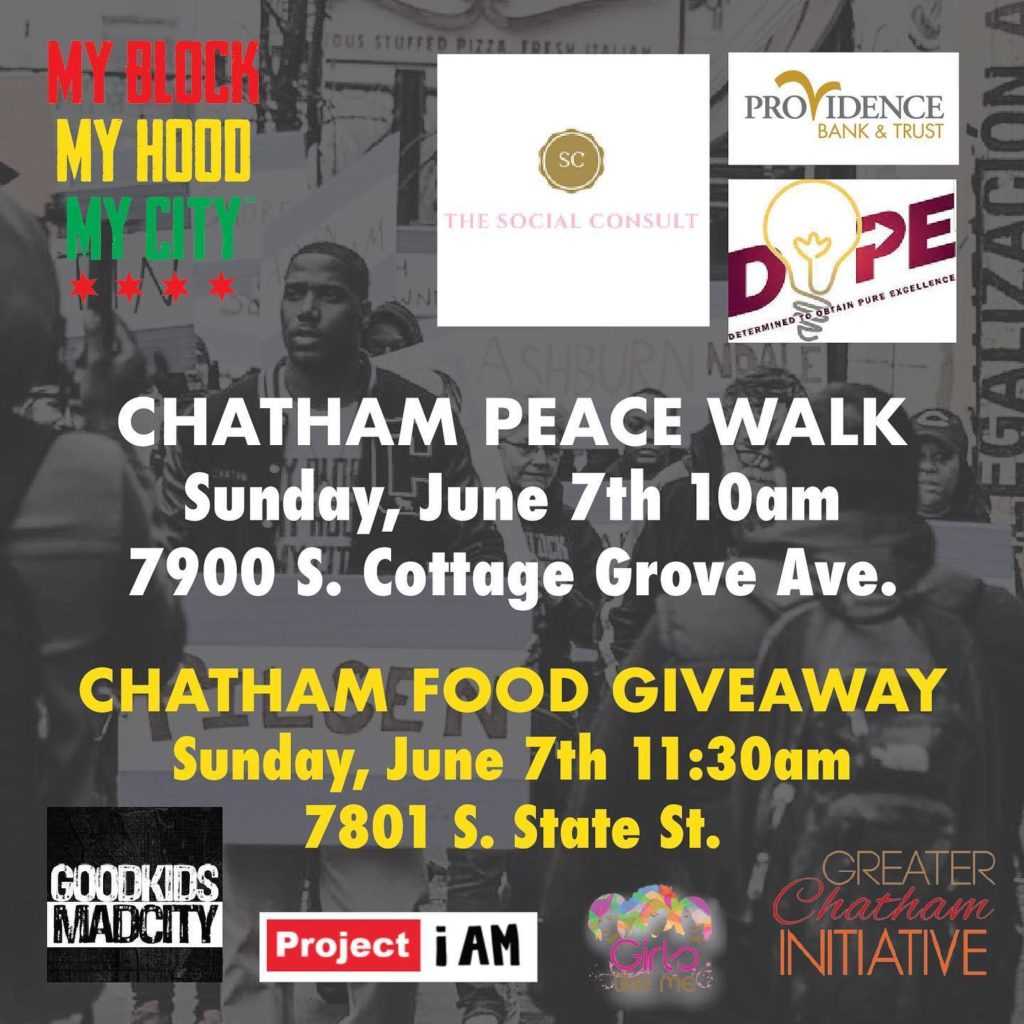
We see it in the disease’s disproportionate impact on our African American community, killing members at a much higher rate. There are also indications that our Native American communities are facing a disproportionate brunt of this epidemic with higher mortality rates and rates of infection. Now, several weeks into the pandemic, predominantly Latino neighborhoods in Chicago (Little Village, Brighton Park, Gage Park, Chicago Lawn, and Belmont Cragin), have the highest numbers of infections in the state, according to the Illinois Department of Public Health, with young Latinos experiencing significant impacts as they navigate these growing numbers and effects on their communities.

Students and their families are experiencing economic anxiety, food insecurity, social isolation, and a number of mental, emotional and physical health challenges during this time. Through all of this, students are still engaging with their families and local communities.
Let’s Look at the Cultural Capital Families Bring to Learning
Consequently, there should be a push to challenge the narrative of what learning is in this moment, especially as we capitalize on the assets that our students are bringing to the learning environment. What “learning gains” are occurring during this time? What cultural capital do our students and families bring and how are educators and districts building on the experiences that students are having? Students have an opportunity to engage with an incredible civics lesson during this time, where we can build upon a lived civics approach to our work.
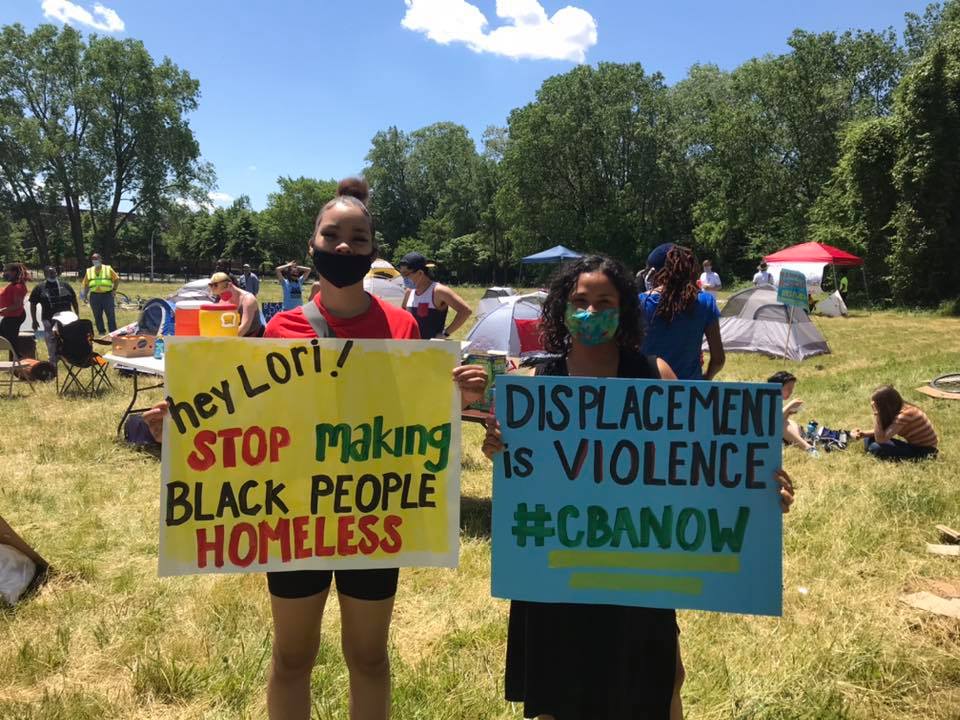
So, what are opportunities for us in this moment while fully recognizing that all opportunities are not created equally?
- We can build on the success of sustainable community schools that center racial justice and equity, transparency, building upon community strengths and wisdom, and reflection in their practices. Districts can identify ways to translate these principles to remote learning opportunities with both educators and families. This can lead to increasing the personalized engagement with students and their families to better understand their needs. These essential relationships with parents/family members can help educators better connect with their students, which is an ultimate goal of strong school and community partnerships.
- We can re-evaluate what student engagement and assessment looks like with remote learning. If children are not participating in scheduled “class times” due to technology and/or broadband issues, but they are discussing their learning with family members who are home with them, that should certainly be defined as engagement. Currently, the definition of learning loss is relative to the standardized tests that are administered, but if those tests do not occur, we can imagine new ways to assess learning that do not benefit a profit-driven testing system. Instead, there is an opportunity to encourage non-traditional forms of assessment that involve student choice, voice, and reflection.
- We must acknowledge that families are also facilitating learning in formal and informal ways. Trying to push models of accelerated learning and emphasizing grade level learning does not take into account the lived experiences of many students during this time. Communities are organizing food drives, making masks for neighbors, learning new technology, demanding justice for system failures, and beginning to re-build locally because their needs are not being represented adequately at this time. There is an imminent danger of reverting to teacher accountability measures that punishes both teachers and students if a student is not “achieving” learning standards that are not realistic at this time.
- We must not equate traditional seat time with learning. The natural translation in the virtual domain is synchronous learning, and the participation rates from districts may vary. But the possibilities of online learning include the ability to flip the classroom, allow for asynchronous learning, along with more time for teachers to meet with students 1:1 or in small groups to better meet their needs. We do not want to romanticize the possibilities of online learning, but we hope that we can take advantage of the ways that all students can be engaged through these platforms.
The mental and emotional health of our students needs to be prioritized at this time so that we can support the building of academic skills. Over the past few weeks, there has been a growing concern over the anticipated “COVID-19 slide” that will occur due to students being out of school at this time. This promotes a deficit mindset about what students are experiencing at home with their families. The reality is that for many of our students, traditional models of schooling have not been working and trying to translate those techniques to remote learning will not only be unsuccessful, but they will potentially decrease student and parent engagement.

Ultimately, we need to redefine what learning looks like, building upon the assets of our students and their families and provide opportunities for districts and educators to develop learning plans that support the social and emotional health of our students. Relationships drive teaching and learning, and now is the time to double down on connecting deeply with the families we serve.
All children are born ready to learn and all parents want their children to thrive. And learning continues outside the four walls of school. Not only do we need to recognize and capture that, we also need to be aware of the obstacles that can make learning at home more difficult and provide resources that allow parents to maximize learning at home. This is an opportunity to rebuild trust between school districts and students, families and educators and lay the groundwork for creating a model for education that is worthy of the communities we serve.
About the authors:
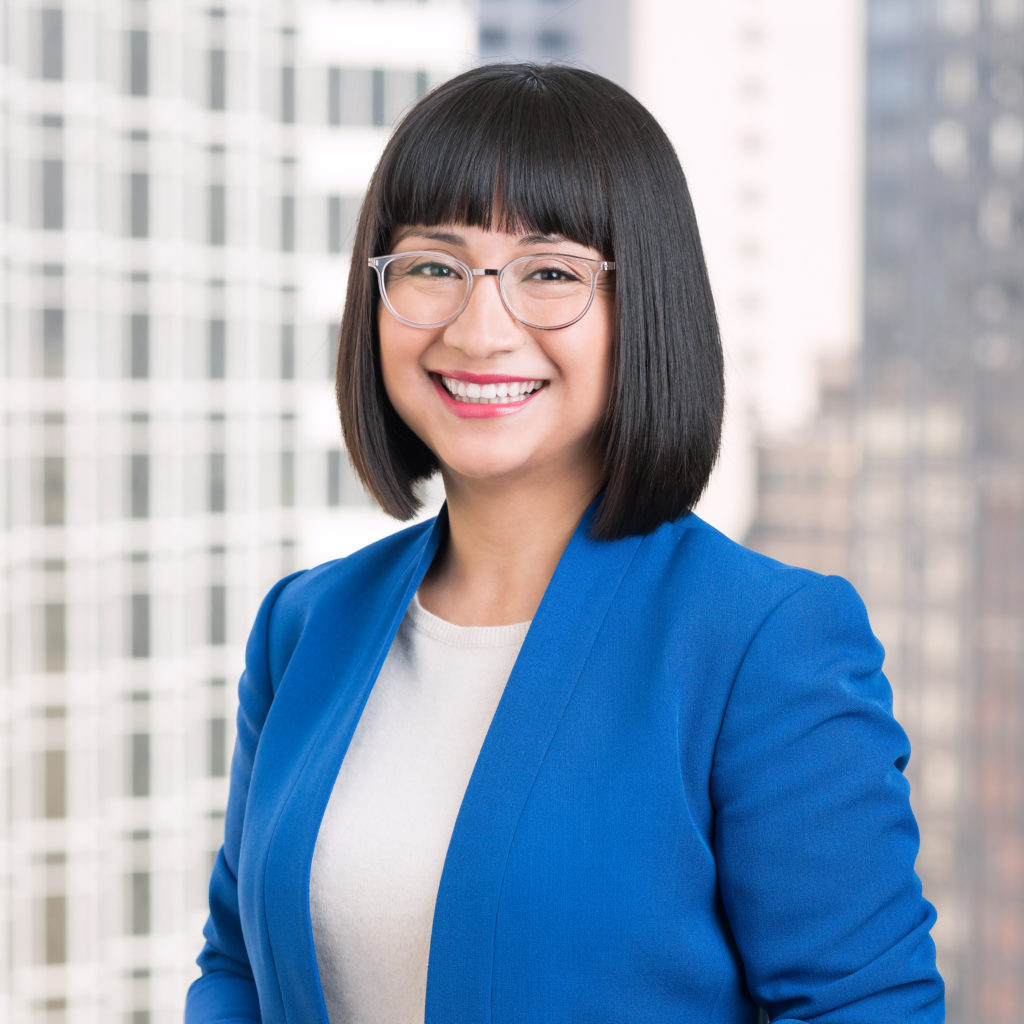

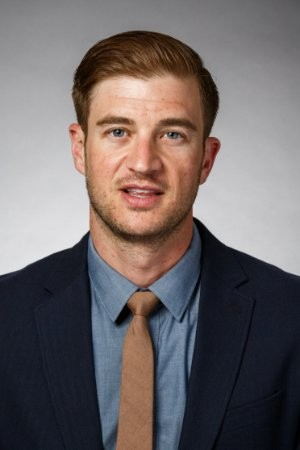
Digital Team
Latest posts by Digital Team (see all)
- Thanks to His Teacher, Lindblom’s Top 2022 Grad Discovered His Love of Math. Here’s How He’s Paying It Forward. - August 31, 2022
- WEDNESDAY: Join the Day of Action to Get Students Connected to Broadband - March 30, 2021
- Evanston Becomes First City in America to Offer Reparations to Black Residents - March 24, 2021
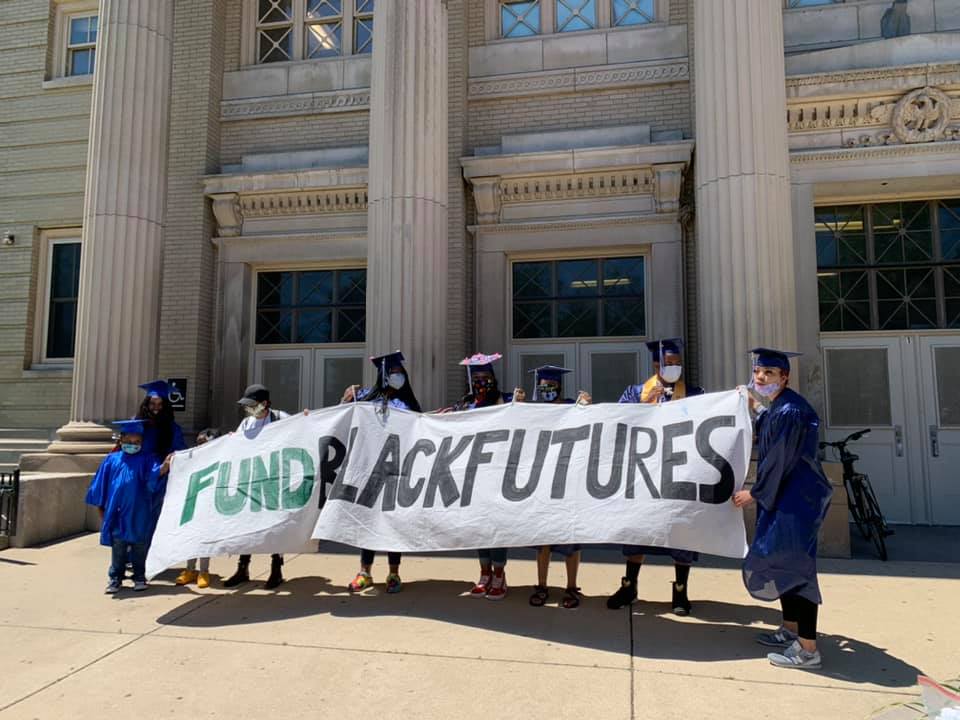
1 comment for “Let’s Worry Less About What Students Aren’t Learning and Rely More on Their Communities’ Assets”